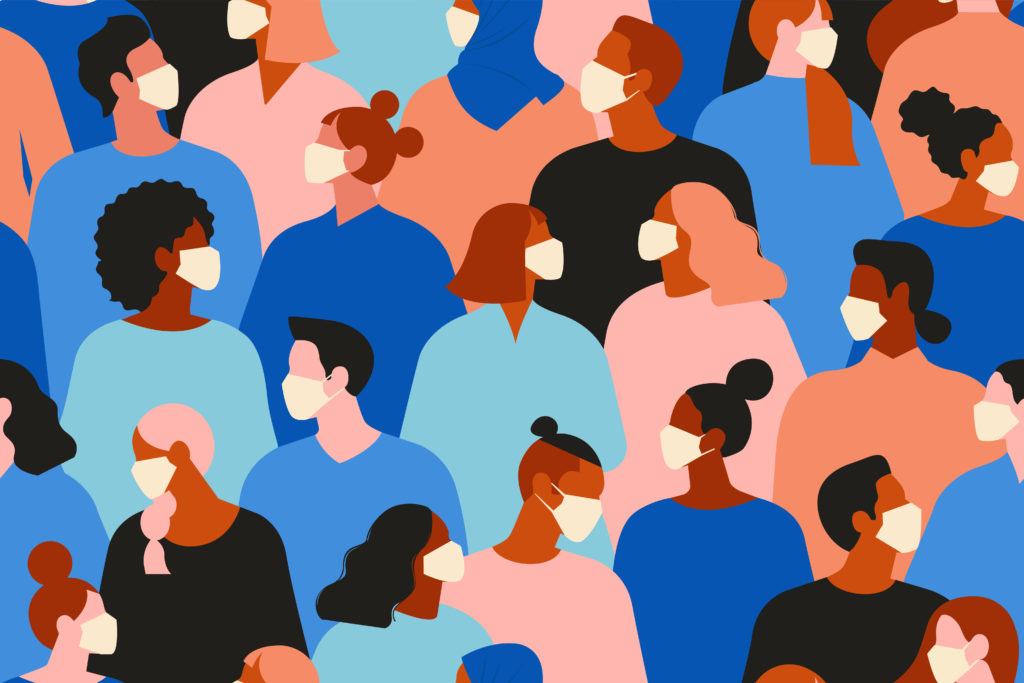Last year, I interviewed executives who work in the vitamin division of a large corporation. In each interview I asked, “What are the big trends shaping vitamin sales?” Aside from obvious Covid-related trends, something else came up repeatedly. It went something like this:
“These young customers don’t want to buy a regular multivitamin pulled from the shelf. Noooo. Everyone wants their personalized vitamin packets built just for them. They couldn’t possibly take a trusted and effective multivitamin! They need a special little packet based on their own special snowflake-like uniqueness.”
I chuckled. Kind of. The snowflake thing. Got it.
As I reflected on the conversation, I realized that I, a vitamin-taker, have never purchased an off-the-shelf multivitamin. I don’t consider myself particularly unique; I simply had a blood draw at the doctor’s office after having my second baby and realized that I was low on zinc, magnesium, and vitamin D, but basically good on everything else. I didn’t avoid the multivitamin due to my “uniqueness.” I did it because a multivitamin isn’t the optimal vitamin for my body.
Personalization is misunderstood. People don’t purchase personalized products because they think of themselves as unique snowflakes. People purchase personalized products because those products happen to be more optimal — more perfect, more useful, and more effective.
How the optimization obsession changed the game
Optimization entered mainstream conversation in the early 2000s. A familiar example for some of you may be Tim Ferriss’s books, The 4-Hour Workweek, The 4-Hour Body, and The 4-Hour Chef, all focused on lifestyle optimization. If we implement the right tools, routines, rituals, and habits, Ferriss tells us, our time will be spent more perfectly, more effectively, and more usefully.
While optimization has permeated our culture at large, it is Gen Z that has grown up in era when technology has enabled them to optimize everything from their sleep and their workouts to their study habits and even their intellect.
I’ll give you an example: A stationary at-home bike can be a convenient way to work out, but a Peloton can help you optimize your workout by understanding your personal goals, collecting data about your speed and strength, and suggesting programming that will help you not just exercise, but advance. Convenience seeks to eliminate effort; optimization seeks to perfect.
The unintended consequences of this optimization obsession are many, and I’ll write about them in another essay. As some of you may already be thinking, our endless quest for self-improvement and perfection has downsides.
For now, we’ll explore the implications for the future.
How optimization may continue to change our world
1. Throughout the pandemic, there have been sentimental conversations about the loss of meaningful workplace interactions. The water-cooler talk, serendipitous conversation, the general white space of in-person work. However, the traditional workplace also has a lot of meaningless interactions. Distractions, gossip, workplace politics, useless meetings, etc. While much of the white-collar workforce has been working from home, many people have figured out how to optimize their time. They use 15-minute breaks for exercise, throw laundry in the machine between meetings, spend lunchtime with children, etc. This kind of personal control could continue to reduce tolerance for suboptimal use of time.
2. The Wall Street Journal recently reported on a trend of remote workers taking on two full-time jobs. There are some ethical issues with this but this idea of “poly-work” was discussed even before most companies were forced to be remote. Some workers are figuring out how to make as much as money as possible by optimizing their tech and their time.
3. Jerry Seinfeld once said in an interview, “Nothing truly great is efficient.” Taking a hard look at optimization presents an opportunity for productive cross-generational mentorship. Seasoned leaders can revisit processes and procedures objectively and explore where opportunities for optimization exist. On the flip side, young employees can be trained to identify the best places for suboptimal experiences. Innovation, creativity, and team culture can have a hard time flourishing in an environment hyper-focused on optimization.
4. Brands can reframe personalization as optimization, not specialness. Rather than asking, “How can we make our customer feel special?” Companies can ask, “How can we make this product or service as effective as possible for the people we’re trying to serve?”
The bottom line is: the ability to optimize has already brought us many benefits and consequences are sure to follow, but our societal drive for perfection isn’t going away anytime soon.




